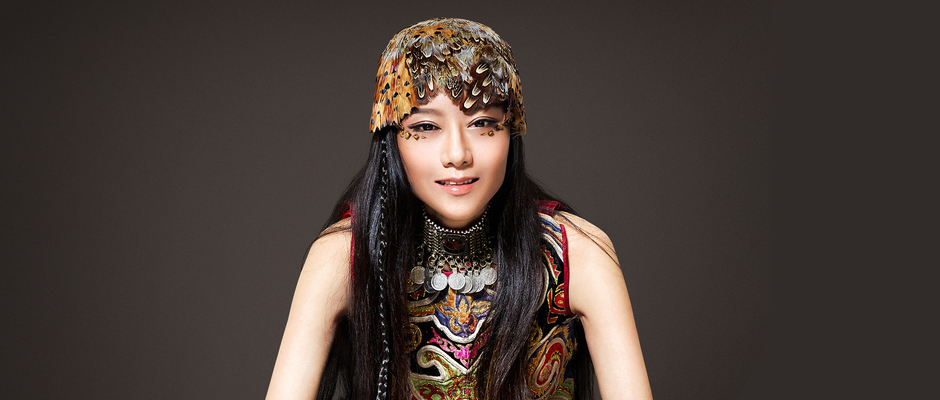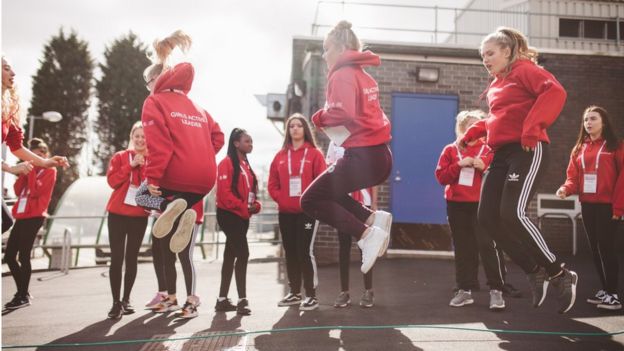International Dance Day
credit : ITI
"How to deliver this message directly to the community of humans without having a thought for
all these migrant bodies, forced into exodus and exile around the world?
As a choreographer and dancer, having travelled all continents to present my work and have
enriching experiences in contact with others, can I look away from the chaos that shakes the
world, and in particular, the migratory peril? No. I look at it and see its darkness, its brutality, but
also its opportunities; the opportunities that contemporary dance has allowed me to discover in
order to be part of an epoch."
Salia Sanou, Burkina Faso, Dance, or sense of the future (message, excerpt)
Every April 29 International Dance Day, also known as World Dance Day, is celebrated every year through promotion by the International Dance Council (CID).
Inlt Dance Day
credit : ITI
Since its creation in 1982, the International Dance Committee and the International Theatre Institute ITI select an outstanding dance personality to write a message for International Dance Day each year.
This day is a celebration day for those who can see the value and importance of the art form dance, and acts as a wake-up-call for all the institutions which have not yet recognized its value to the people and to the individual and have not yet realized its potential for economic growth.
Jean-Georges Noverre
portrait by Jean-Baptiste Perronneau
The day was introduced in 1982 by the International Dance Committee of the UNESCO International Theatre Institute.
The date was chosen to commemorate the birthday of Jean-Georges Noverre, who was born in 1727, a French dancer and ballet master and a great reformer of dance.

Lettres sur la Danse et sur les Ballets
Jean-Georges Noverre
Lyon 1760
Noverre's treatise on dancing and theater expressed his aesthetic theories on the production of ballets and his method of teaching ballet.
Noverre wrote this text in London in 1756 and published it in 1760 in Lyon, France.
Every year a message from a well known dance personality is circulated throughout the world.
This year, the International Dance Day Celebration will happen at the Gran Teatro Alicia Alonso in Havana, Cuba, next Sunday, 29 April.
"The world seems to be in constant dissidence and troubles. We have witnessed, especially in
recent years, incessant conflicts between countries, races and cultures. As a dance practitioner,
I can’t help but wonder if art may somehow become an antidote to prevent or counteract some
of the disorders that are threatening world peace and harmony."
Willy Tsao, China (message, excerpt)
5 Message Authors
Salia Sanou/Georgette Gebara/Willy Tsao/Marianela Boan/Ohad Naharin
To celebrate the 70th Anniversary of the International Theatre Institute and "to underline the cross-cultural and international aspect of this common language - Dance", the Executive Council and the International Dance Committee of ITI have selected five message authors to write a message – one from each of the five UNESCO Regions: Africa, the Americas, Arab Countries, Asia Pacific and Europe.
"Your body begins before you and is the place of all the rituals that belong to you. When you listen to your body through dance, you also hear the bodies and dances of seduction and celebration which belong to your ancestors and your species. In your body you carry the dances that will save you."
Marinela Boan, Cuba (message, excerpt)
The five message authors are leading lights within their respective regions, are sure to offer valuable insights to the state of global dance through their messages.
They will all be present on stage to read their message on Sunday 29 April.
Anne Teresa De Keersmaeker
credit: Opéra de Paris
- Goals:
The goals of International Dance Day are:
To promote dance in all its forms across the world.
To make people aware of the value of dance in all its forms.
To enable the dance community to promote their work on a broad scale, so that governments and opinion leaders are aware of the value and importance of dance in all its forms and support it.
To enjoy dance in all its forms for its own sake.
To share the joy of dance with others.
Education:
"Dancing is about being in the moment. It’s about listening to the scope of sensations and
allowing that listening to become the fuel of all feelings, forms, and content. Yet, we should
always remember where we came from."
Ohad Naharin, Israel, message (excerpt)
Beautiful message don't you think? So inspirational to students and teachers on this day! We all have students from different countries (immigrants kids)
Dance is a fun and fresh activity to include into School curriculum. School curricula without Arts (Music, Dance, Theater) will be unfinished and insufficient. Students will have an incomplete education.
I wrote so often on my blog the importance of Arts - dance, music, theatre, literature/poetry or painting in school education!
Having a Master in Music and a Master in Literature I can't forget the joy of understand the importance in my life of the humanities & arts.
For too long, dance has been 'the Cinderella of the arts world' - never invested in to any great or consistent degree. No more!
Diogo Oliveira, dancer, Portugal
crédito: Estela Silva /Lusa
We have awesome young dancers among this new generation. I'm feel very proud when I read about their success in other countries or in international contests.
Diogo Oliveira, Portuguese young dancer was invited to enter at the Ecole de Danse de l'Opéra de Paris after 5 Gold Medals at international contests and best dancer at Youth America Grand Prix (YAGP, 2015).
World Dance Day is a huge opportunity to raise the level of provision of dance in schools.
"Indeed, whether we sit on the floor, hang on to a barre, fly in the air, stamp our boots on some
mountain peak, whether we wave our hips lasciviously under a tent or in a nightclub, our
language binds us together! For dance is not only an expression of feelings, a celebration, or
just entertainment. DANCE IS A STATEMENT. A statement that says more eloquently than any
spoken language, that we are ONE."
Georgette Gebara, Lebanon, message (excerpt)
G-Souto
29.04.2018
update 29.04.2024
Copyright © 2018G-Souto'sBlog, gsouto-digitalteacher.blogspot.com®
Copyright © 2018G-Souto'sBlog, gsouto-digitalteacher.blogspot.com®

Schools : International Dance Day : Time to dance ! by G-Souto is licensed under a Creative Commons Attribution-NonCommercial-NoDerivatives 4.0 International License













